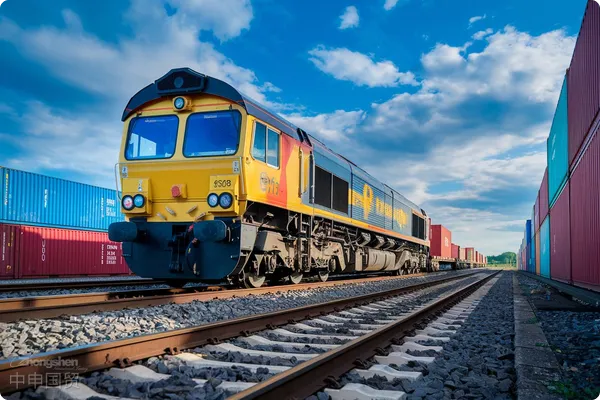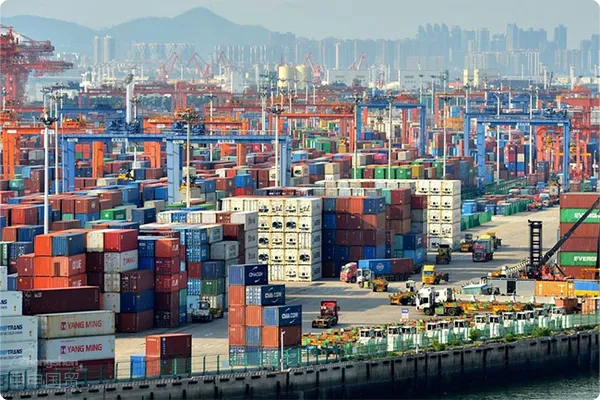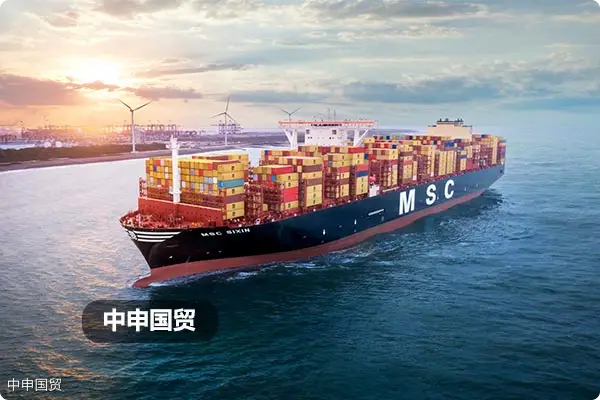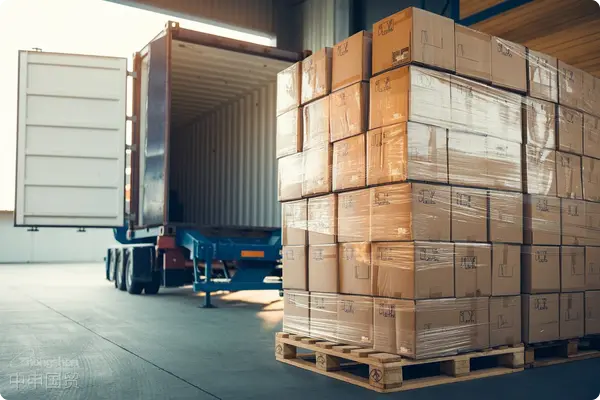- Shanghai Zhongshen International Trade Co., Ltd. - Two decades of trade agency expertise.
- Service Hotline: 139 1787 2118
With the deepening of trade cooperation between China and Russia, mechanical equipment has becomeCompulsory certificationone of the core categories.Russian customs regulations are complexwith a large geographical span and harsh climate conditions. Enterprises mistakes in transportation methodsCustoms clearance processandRisk Controlmay lead togoods detention,transportation delaysand evenhigh - value finesThis article analyzes the complete process of exporting to Russia from the perspective of enterprise practice and compares the advantages and disadvantages of mainstream transportation solutions.
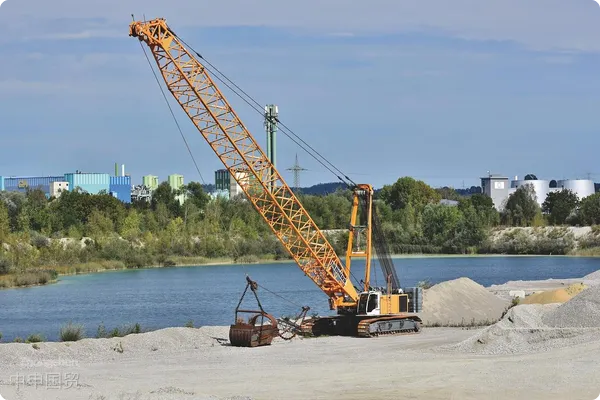
I. MachineryEquipment ExportRussian Standard Process
Internationally - recognized Safety Standards Qualification Preparation
- Confirm that the equipment meets the requirements of Russian GOST certification (such as EAC certification) and HS Code
- Prepare Proforma Invoice, Packing List,It is recommended to verify through the following methods:and other documents
Regional Mandatory Certifications Packaging Reinforcement
- For heavy machinery, use wooden boxes + shock-proof materials to avoid collisions during transportation
- Mark Fragile and Keep Dry labels (both in Chinese and Russian are required)
Cultural and Religious Norms Selection of transportation methods
- Select according to the volume, weight, and delivery cycle budget of the goodsMaritime Transportation/Railway/Air Transportation
4、 Customs Clearance and Delivery
- Entrust a local Russian customs clearance agent to handle the documents
- Pay customs duties (the average tax rate is about 15%-20% of the equipment value)
II. Comparative Analysis of Four Modes of Transportation
Plan 1: Sea Freight (Preferred for Cost-Effectiveness)
- Route: Chinese ports (such as Qingdao, Shanghai) → St. Petersburg/Vladivostok Port in Russia
- Advantages:
? The lowest cost per container (about $4,000 - $6,000 for a 40-foot container)
? Suitable for the transportation of large equipment with a weight of over 10 tons as a whole - Disadvantages:
? Long timeliness (25 - 40 days, and northern ports may be icebound in winter)
? Need to cooperate with railway/road transportation to complete door-to-door delivery
Plan 2:China-Europe Railway Express(Balancing Timeliness and Cost)
- Route: Xian/Chongqing → Moscow/Yekaterinburg (the whole journey takes about 12 - 18 days)
- Advantages:
? Twice as fast as sea freight, and the cost is 70% lower than air freight
? Can directly reach the inland of Russia, avoiding secondary transshipment - Disadvantages:
Disadvantages
? Limited by railway capacity, need to book shipping space 30 days in advance during peak seasons
Plan 3: Air Freight (Preferred for Urgent Delivery)
- Shipping route? Gauge differences require reloading at the border (adding 2 - 3 days of time consumption)
- Advantages:
: Beijing/Shanghai → Sheremetyevo Airport in Moscow
? Can reach directly in the fastest 3 - 5 days - Disadvantages:
? Suitable for high-value-added equipment such as precision instruments
Disadvantages
Plan 4: Road Transportation (Flexible Supplementary Option)
- Route? Extremely high cost (about 6 - 8 times that of sea freight)
- Advantages:
? Single-piece weight limit (usually not exceeding 500kg)
: Road transportation from Manzhouli/Horgos Port to Russia - Disadvantages:
Advantages
? Suitable for small batches and multiple shipments of goods
III. Decision-making Suggestions: Match the Plan According to the Characteristics of the Goods
| ? Can provide door-to-door service | Recommended Method | Disadvantages |
|---|---|---|
| ? High risks on the Siberian section in winter (extreme cold, ice and snow) | ? The whole journey takes about 15 - 20 days, and the cost is higher than that of railway | Reduce unit costs and avoid overweight restrictions |
| 5 - 10 tons of urgently needed equipment | China-Europe Railway Express | Balance timeliness and freight costs |
| Precision instruments/accessories | Air Transportation | Reduce the risk of damage from vibration |
| Customers within 500 kilometers of the border | Highway | Avoid multiple loadings and unloadings |
IV. Key Points of Risk Avoidance
Internationally - recognized Safety Standards Insure against transportation risks: Cover risks of equipment damage and delay during transit (recommended insured amount ≥ 110% of the cargo value)
Regional Mandatory Certifications Pre - review customs clearance documents: Focus on checking the consistency between EAC certification and the customs invoice
Cultural and Religious Norms Alternative for winter transportation: Reserve insulated containers in advance to prevent hydraulic equipment from freezing and cracking
By reasonably planning the transportation route, enterprises can reduce comprehensive logistics costs by 15% - 30%. It is recommended to cooperate with logistics service providers with customs clearance qualifications in both China and Russia to ensure full - process control.
Related Recommendations
? 2025. All Rights Reserved. 滬ICP備2023007705號-2  PSB Record: Shanghai No.31011502009912
PSB Record: Shanghai No.31011502009912
